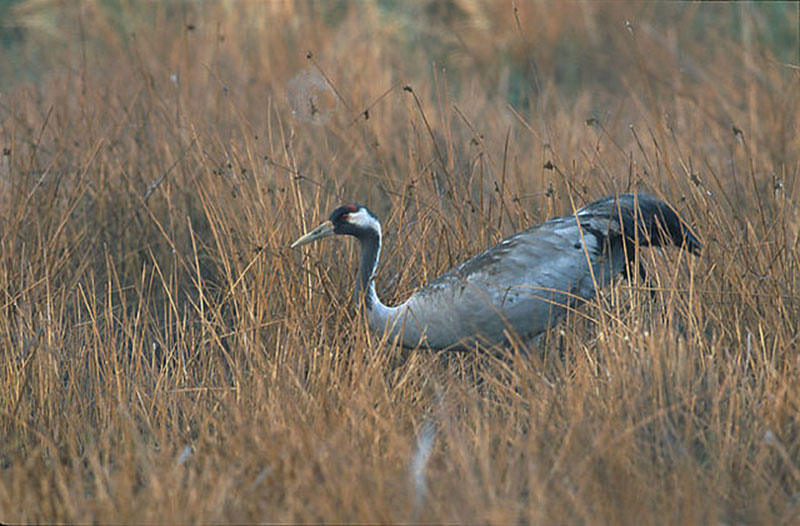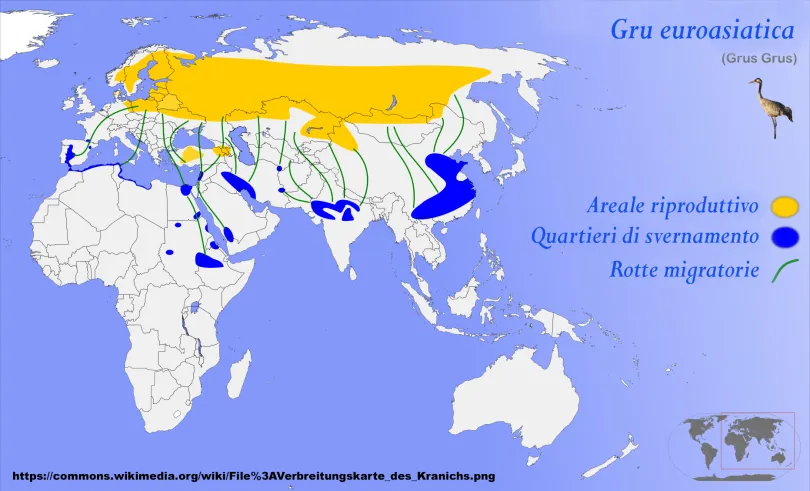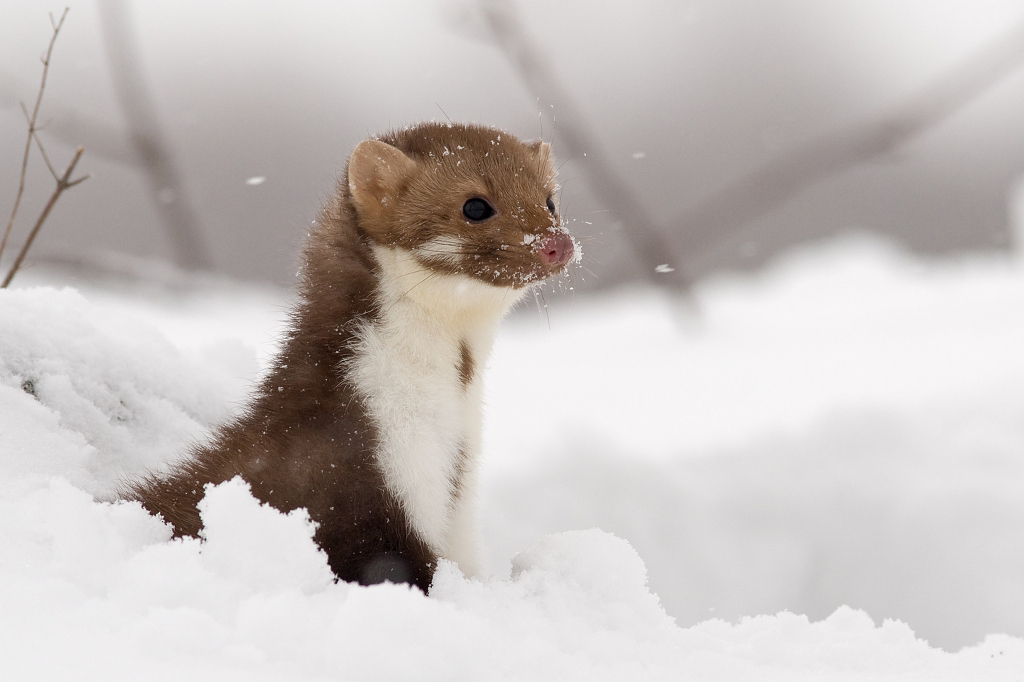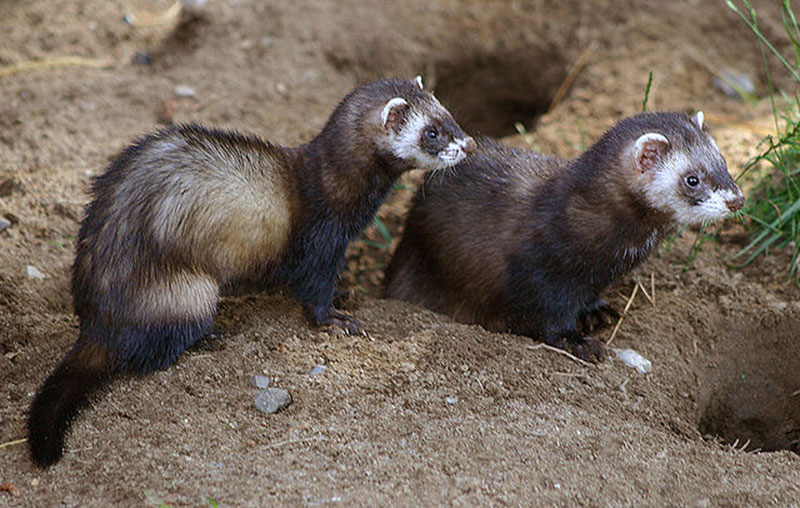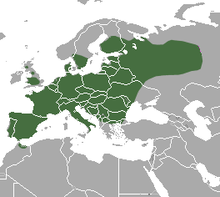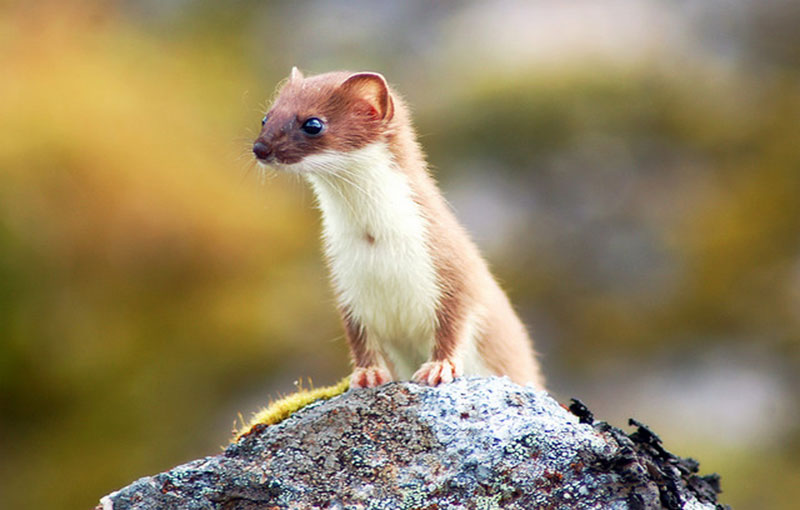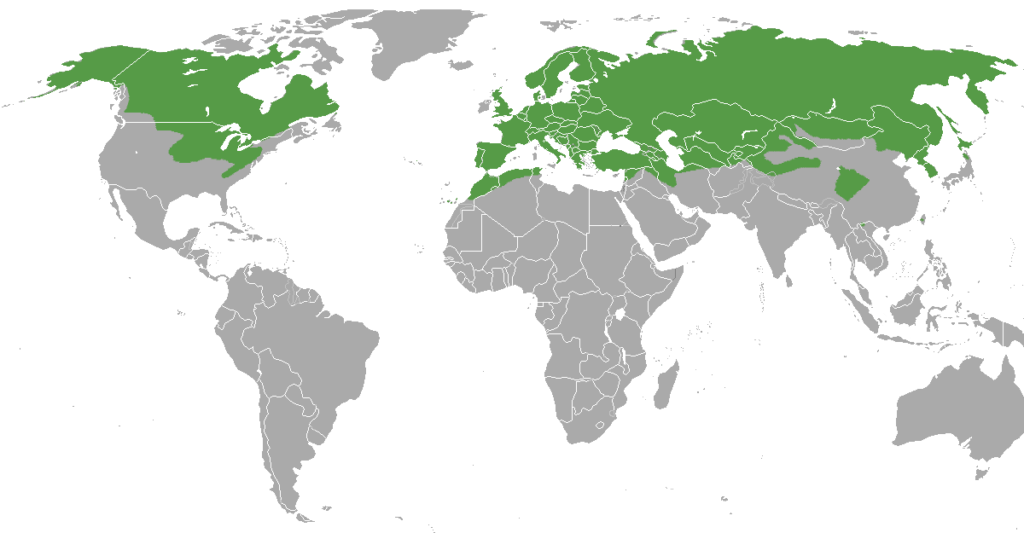Flamingo
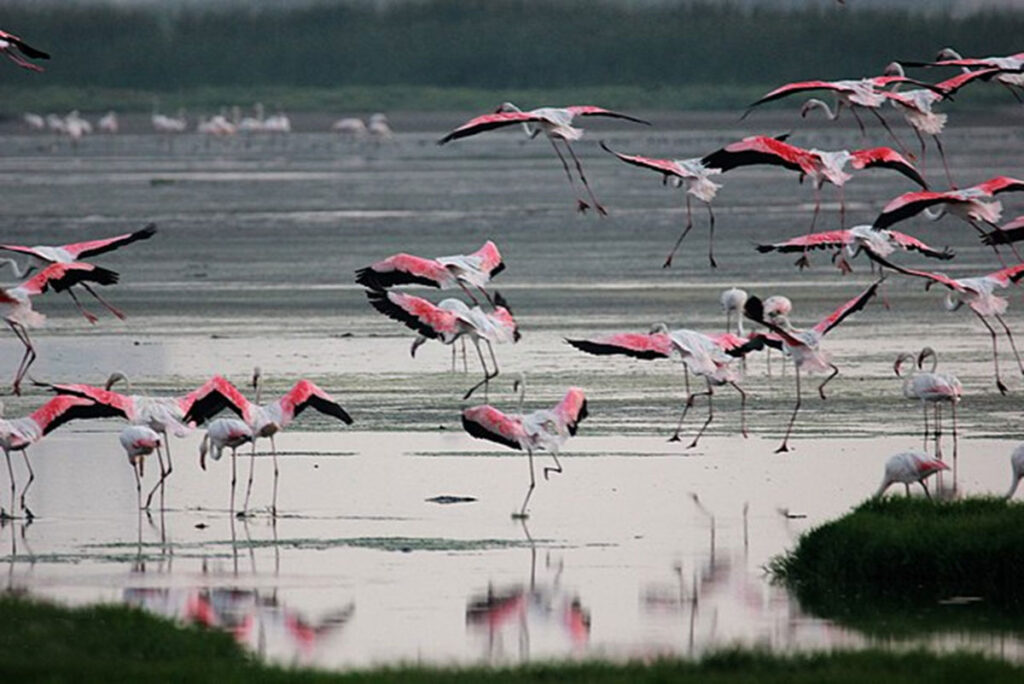
Common name: Flamingo
Scientific name: Phoenicopterus
Class: Aves
Order: Phoenicopteriformes
Family: Phoenicopteridae
Nutrition: Crustaceans, molluscs.
Features: It has very long paws and neck. The beak has a characteristic shape: massive, elongated and curved downward. Flamingos prove to be social birds grouped in large flocks near aquatic areas, aesthetically reaching up to 1.5 m in height with characteristic pink or red depending on the different species. It lives in large flocks near aquatic areas.
Curiosity: Flamingos belong to one of the oldest family of birds, in fact the earliest fossils date back to 30 million years.


